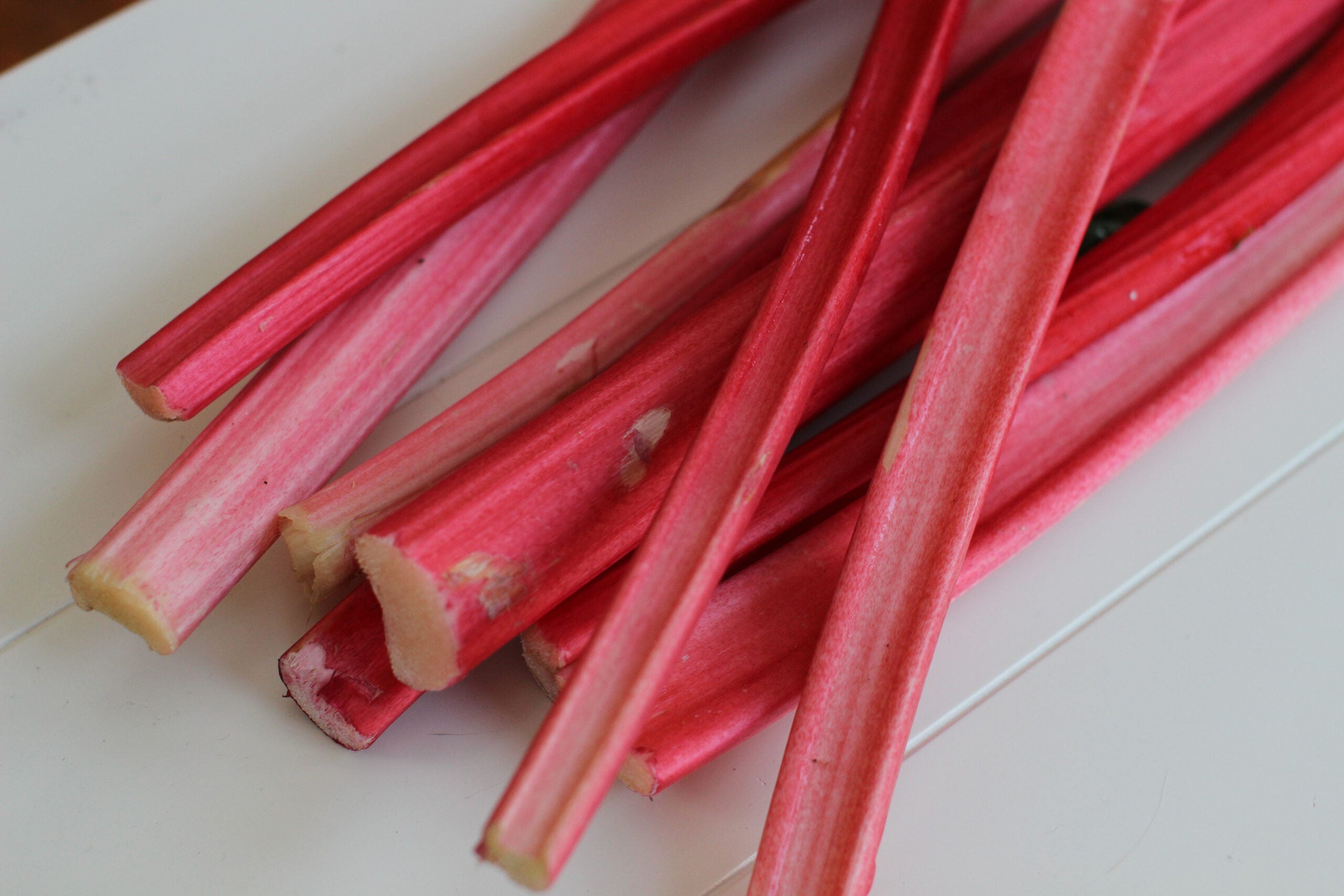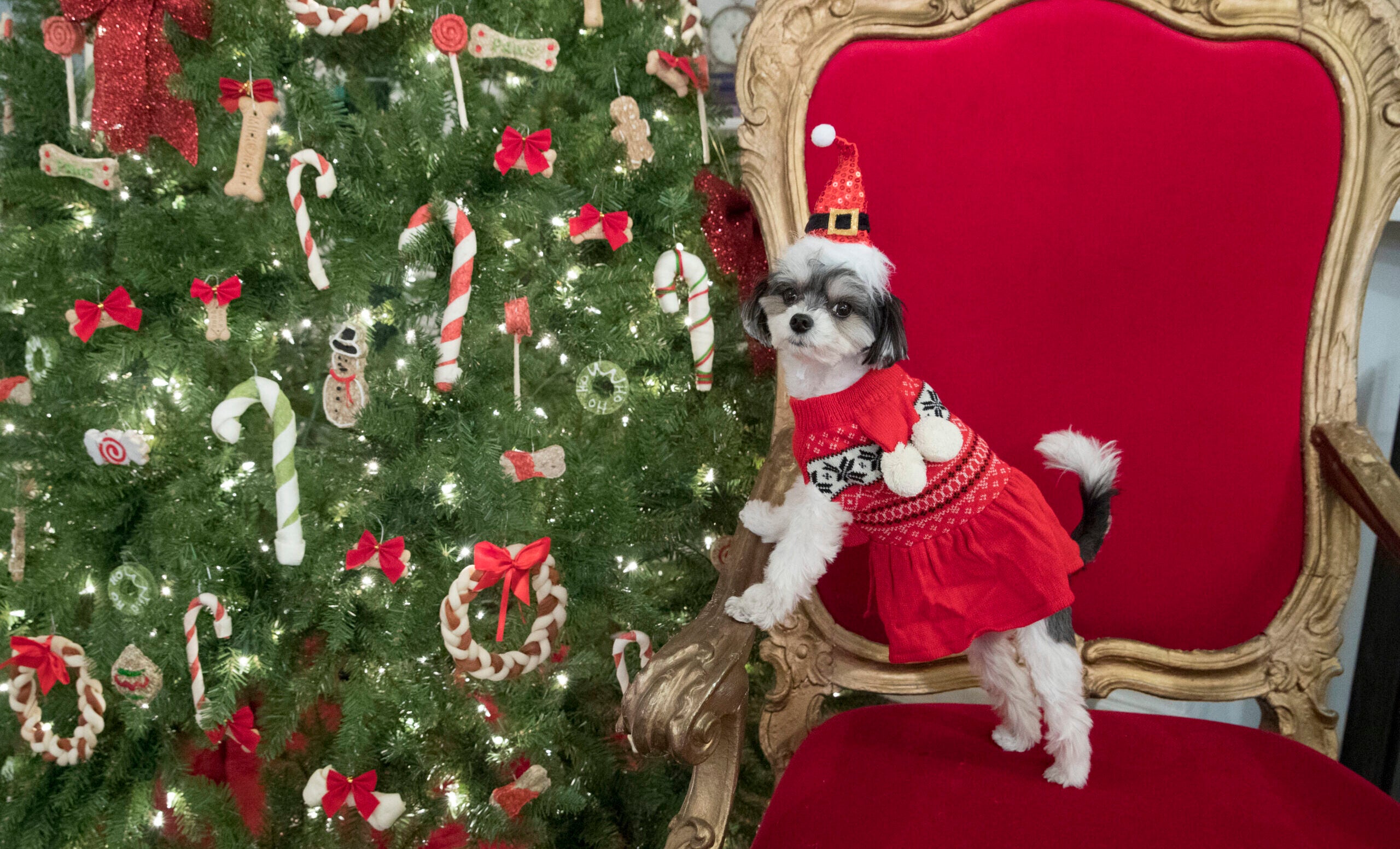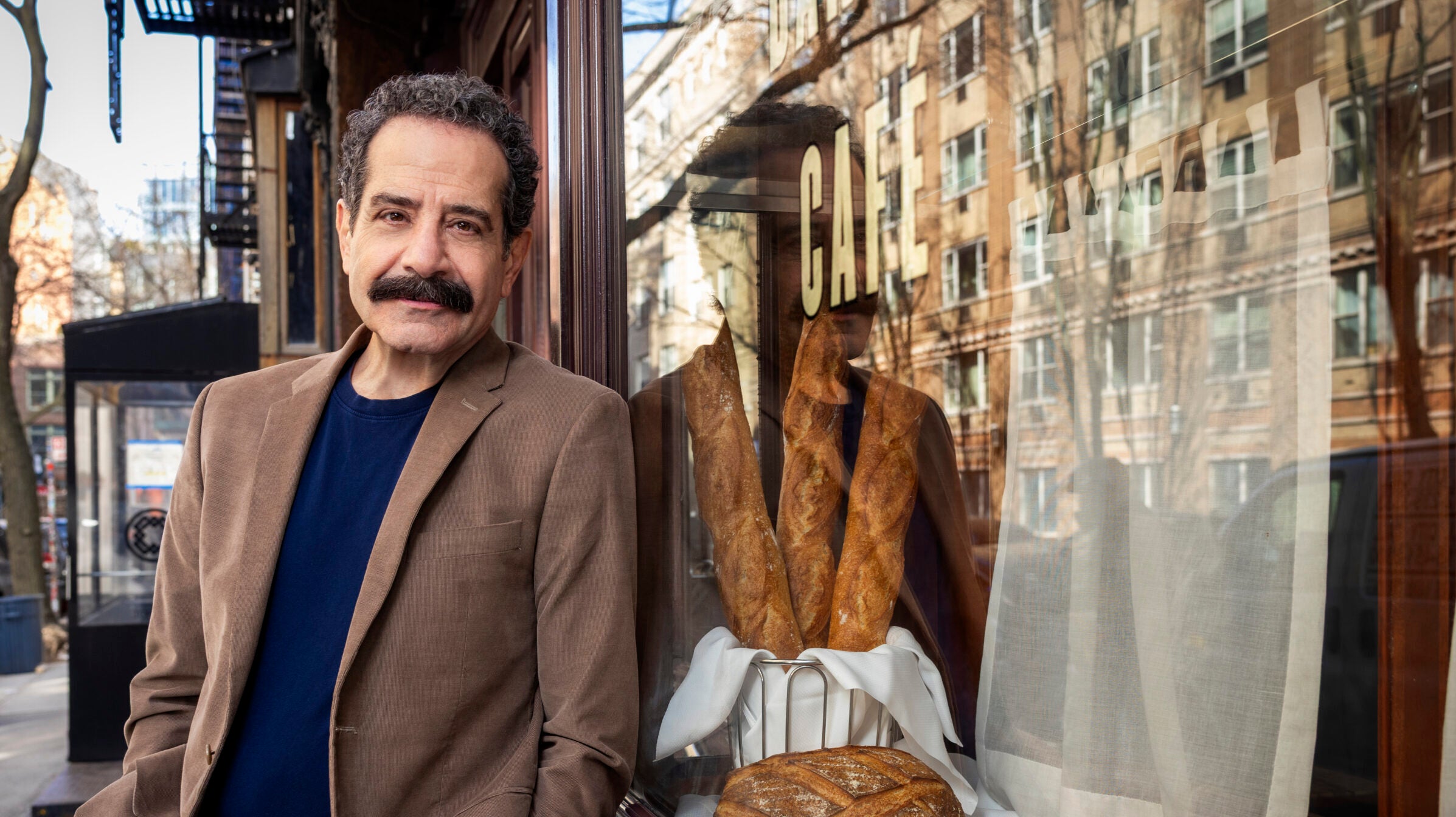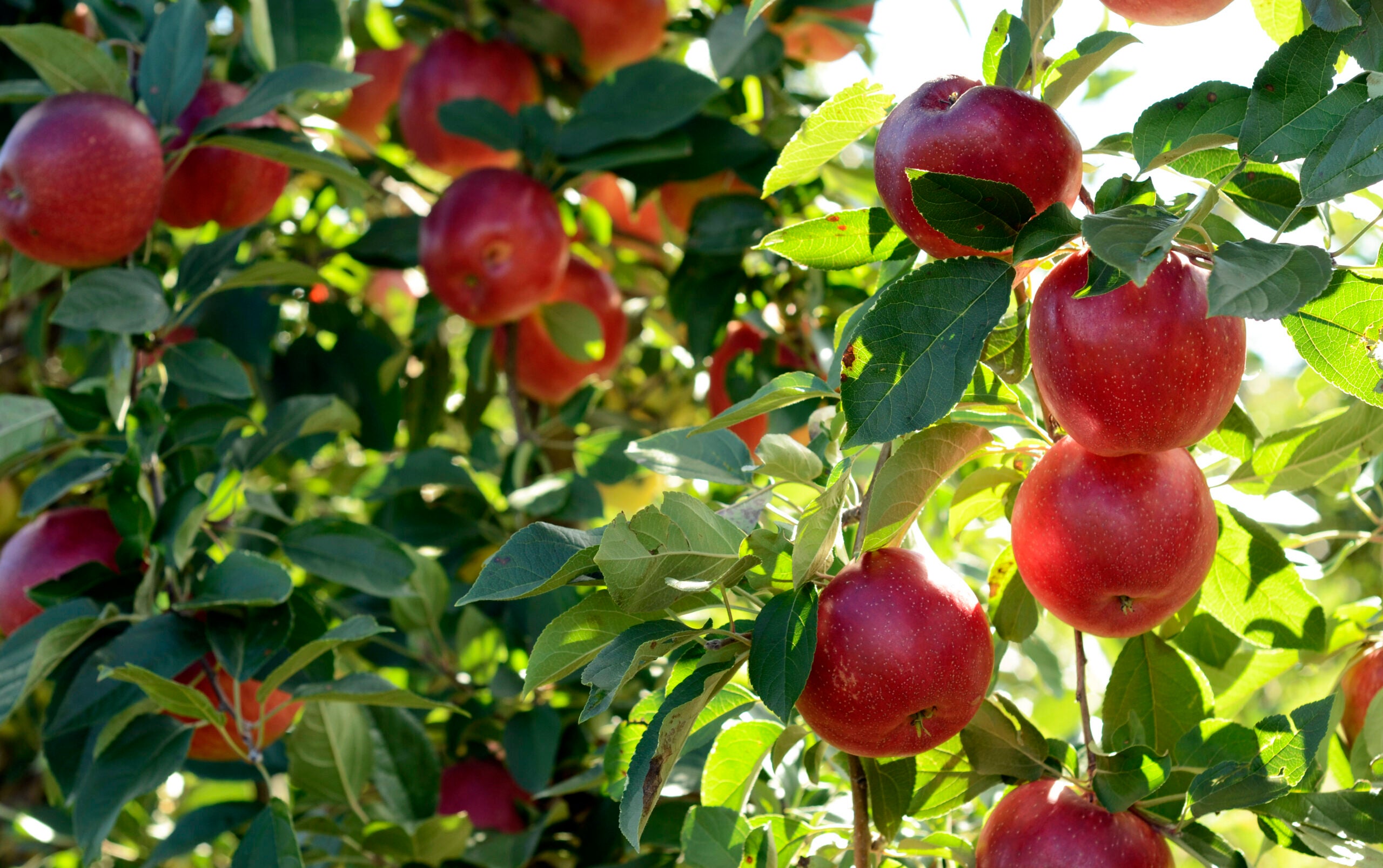Rhubarb’s sturdy stalks and broad leaves are a telltale sign of spring in many Wisconsin backyards. A harvest yields way to sweet-sour upside down cakes, bars and pies.
But food journalist and author Nina Mukerjee Furstenau says there’s more to rhubarb than desserts. She takes the plant beyond the pie — into savory main dishes, relishes and drinks in her newest book, “The Pocket Rhubarb Cookbook.”
Furstenau joined host Jill Nadeau on WPR’s “The Larry Meiller Show” to talk about rhubarb’s history and how to grow and harvest it yourself.
News with a little more humanity
WPR’s “Wisconsin Today” newsletter keeps you connected to the state you love without feeling overwhelmed. No paywall. No agenda. No corporate filter.
The following was edited for brevity and clarity.
Jill Nadeau: Where did rhubarb come from originally?
Nina Mukerjee Furstenau: Most research sources say that it comes from southeast China in the highlands. It is a plant that loves cooler weather, and especially the original variety.
Rhubarb traveled along the Silk Road when traders were bringing many goods from the East to the West. It was known as a medicinal plant to begin with. It started being used in the culinary sense after the rise of sugar, and it became a little bit more palatable with sugar.
Rhubarb did not grow in Europe. So when it came into those lands, there were hybrids developed that grew better in those soils and those climates. And those are the varieties that European immigrants brought to the New World, the United States.

JN: Rhubarb is considered a superfood. Explain why.
NMF: Rhubarb is just like a lot of plants that absorb good soil micronutrients and the sunshine. You get all of that when you consume that plant.
Its fiber content is originally why it was a medicinal plant. It was kind of like the pharmacy for the Old World, because people couldn’t just go to Walgreens and pick up something that would help your digestion.
And so grandmothers across the world and physicians and so forth realized how good it was at balancing your system and making you feel good. Even early Chinese texts thought of rhubarb as a way to feel good and to be in balance.
JN: How did they prepare it back then? Were you able to figure it out?
NMF: It was the ground root, so it was not the leaves and not the actual stalk that we eat now. It was the root, and that it became very valuable as a medicine.

JN: There’s over 60 recipes in “The Pocket Rhubarb Cookbook.” Where did you get all of these recipes?
NMF: I am now, apparently, a recipe developer. I didn’t know I had that skill. After nine months of cooking rhubarb, I feel like I can say that is what I do now, making books like this.
So I would take the plant, and I would think, “OK, historically, it came through particular cultures before it arrived here. And what might people have used that for in the kitchen?”
Rhubarb came through Central Asia. They have a lot of herbs. They have a lot of meat dishes that are savory and stews that are beautiful. And I thought, “Well, they probably were the first to use it in a culinary way.” They were Persians and Central Asians. And so what would they have used? Sugar was not used in the quantities we use sugar today, so it was probably a savory dish. So savory dishes are in the book.
We normally think of rhubarb as a dessert in lovely pies and cobblers and so forth. You’ll certainly want to make those, and they’re in the book. But think about it with savory meats, because that tang works so well against the richness of meat.
I don’t know if a lot of your listeners eat a lot of lentils, but my family does. We come from a part of the world where we make what we call dal. It’s a comfort food, it’s a home food. And I’ve never put anything like rhubarb in my dal, I can promise you that. But I tried it. Some dishes in India, you’ll put lime or lemon in to kind of lift the flavor. And that’s exactly what rhubarb did.





